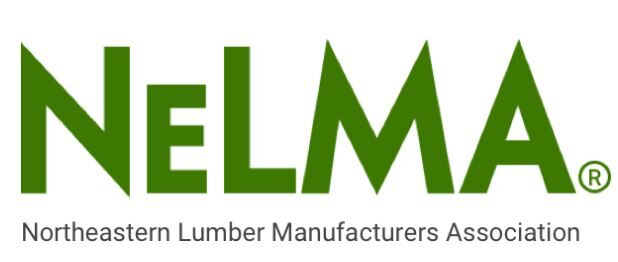
Maine’s state tree is a real beauty year-round, but the Eastern White Pine really shines in winter, holding onto its evergreen needles even when many of its neighbors are bare. It’s easy to see why it’s such a popular choice as a Christmas tree, with its classic conifer shape and full, bushy limbs. It’s an important part of local ecosystems, too, providing food and shelter for a wide variety of species during even the harshest winters. It might be cold outside, but it’s still a lovely time to take a brisk walk and enjoy the sights and smells of these beautiful trees, which grow all over the state.
Nobody is really keeping official tabs on the tallest trees in Maine; state officials maintain a registry of big trees, but it’s not updated very often, and residents submit their own reports to add to it. But it does note the existence of an impressive Eastern White Pine standing 120 feet tall with a circumference of 245 inches and a crown spread of 80 feet located in Morrill, last measured in 2008. This one was nominated for ’national champion’ of big trees.
Many others measuring over 100 feet tall have been celebrated as champion trees in various counties, like a 108-foot Big Tree Contest winner in Sumner. According to the Monumental Trees database, there’s a particularly beautiful specimen located across from the 5 Lakes Lodge in Millinocket, but its height and official girth are unknown.
Of course, Eastern White Pines can be found all over Maine, which provides plenty of fertile, well-drained soil to help the species thrive, not to mention a historic lumber industry maintaining sustainably managed pine forests. The state notes Bearce Lake in the Moosehorn National Wildlife Refuge, Bigelow Preserve Public Lands, Chamberlain Lake Public Lands, Gero Island Public Lands and the Scientific Forest Management Area of Baxter State as prime conservation lands brimming with beautiful white pines.
But if you want to see the tallest Eastern White Pines the East Coast has to offer, you’ll have to venture outside the state a little bit. Pennsylvania’s Cook Forest State Park is home to 110 Eastern White Pines measuring 148 feet or taller, including an incredible ‘Longfellow Pine’ reaching 183 feet 7 inches into the sky. The tallest one of all, the ‘Boogerman Pine,’ is a bit further afield in the Cataloochee Valley of the Great Smoky Mountains National Park, reaching an amazing 207 feet.






